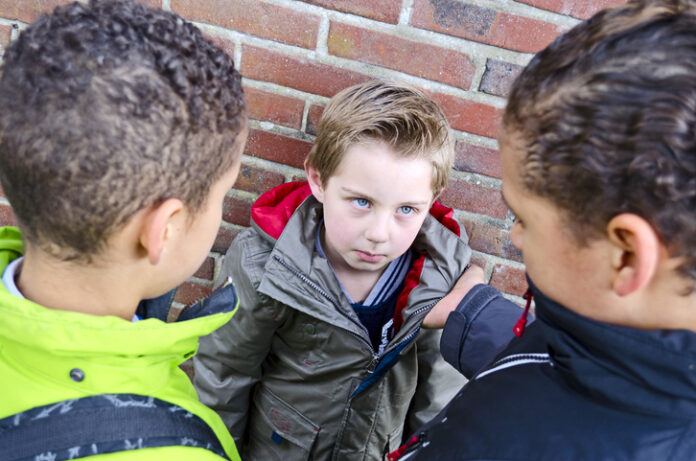Government schools in California are getting worse at keeping children safe, The Centers for Disease Control and Prevention (CDC) reports.
The latest data from the CDC’s biennial Youth Risk Behavior Surveillance System (YRBSS) shows 23.5 percent of California high school students were bullied on school property in 2019, the third-highest rate in the nation. Another 14.7 percent reported being cyberbullied. These were both increases from the previous YRBSS in 2017, in which 17.9 percent said they had been bullied on school property and 13.4 percent reported having been cyberbullied.
In addition, 14.7 percent of students said they have been in a fight on school property in 2019, a big jump from 5.7 percent in 2017, with another 12.3 percent reporting being threatened or injured with a weapon at school, a jump from 5 percent in 2017. More than one in ten high schoolers, 11 percent, reported skipping school because of fears for their safety, a near-doubling from 6.3 percent in 2017. In Los Angeles, those numbers were even higher, at 13.1 percent.
In the most disturbing part of the survey, more than one in four California high schoolers, 26.6 percent, seriously considered attempting suicide, increasing from 17 percent in 2017, and 9.2 percent actually attempted it, a slight decrease from the 9.4 percent reporting so in 2017.
These CDC results are mirrored in a 2018 study published in The Journal of Pediatrics, which found approximately one in five California high school students have suicidal thoughts, and the Biennial California Healthy Kids Survey, where 16 percent of high school freshmen and juniors reported having suicidal thoughts.
An annual survey by Phi Delta Kappa reveals more than one-third of American parents fear for their child’s safety at school. This number rises to 48 percent for parents earning less than $50,000 per year. This represents a large jump from 2013, when only 12 percent of respondents said they feared for their child’s safety.
Bullying and school violence were in the news recently in California after the guardians of 13-year-old Diego Stolz filed a $100 million wrongful death suit against the Moreno Valley Unified School District and Landmark Middle School after Stolz was beaten unconscious by bullies at school and later died of injuries sustained in the attack.
“Where these administrators failed Diego’s family is how he had been bullied for a year if not more with no real action on their part,” Neil Gehlawat, an attorney for Diego’s guardians, told The Sacramento Bee. “The district failed Diego’s family by failing to heed the warnings of Diego, his family and teachers.”
Stolz’s death and the possible suicide of another bullied student, a 10-year-old, led to Gov. Gavin Newsom signing three new laws aimed at combating bullying in 2019, including the Safe Place to Learn Act, in which K-6 students are given easier access to suicide prevention materials. A second new law provides funding for crisis and suicide prevention centers through taxpayer contributions. The third, an amendment of the state’s education code, requires the California Department of Education to update its suicide prevention policy for “high risk” students, such as students with disabilities, homeless students, and homosexual students.
“We need parents and schools and communities and our legislators to work together to combat this problem,” Karyn Gonzalez, a counselor with the southern California school violence program Rise Up Against Bullying, told CBS News. “It’s a responsibility of all of us to ensure that our students go to school to learn and not to survive the day.”
The Heartland Institute’s Child Safety Account proposal could bring immediate help to students troubled by bullying. Child Safety Accounts are a type of education savings account program that allows parents to transfer their children immediately from their public school to the safe schools of their choice within or beyond their designated public school districts—including public district, charter, and virtual schools—as well as private and parochial schools.
The Heartland Institute’s white paper on Child Safety Accounts is available here.







